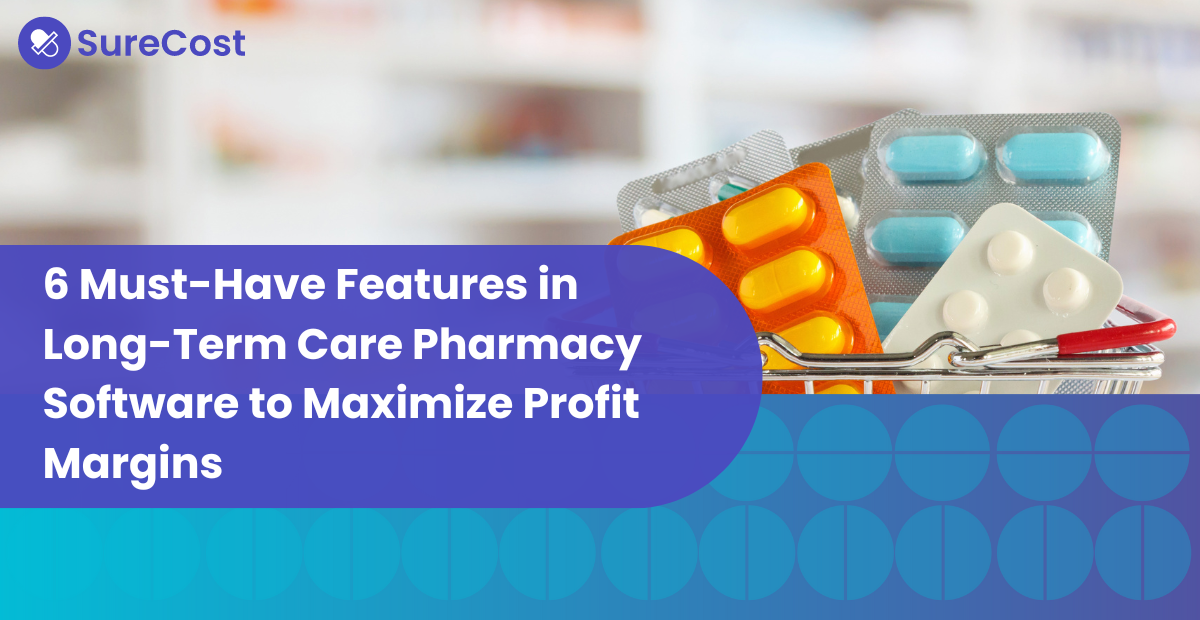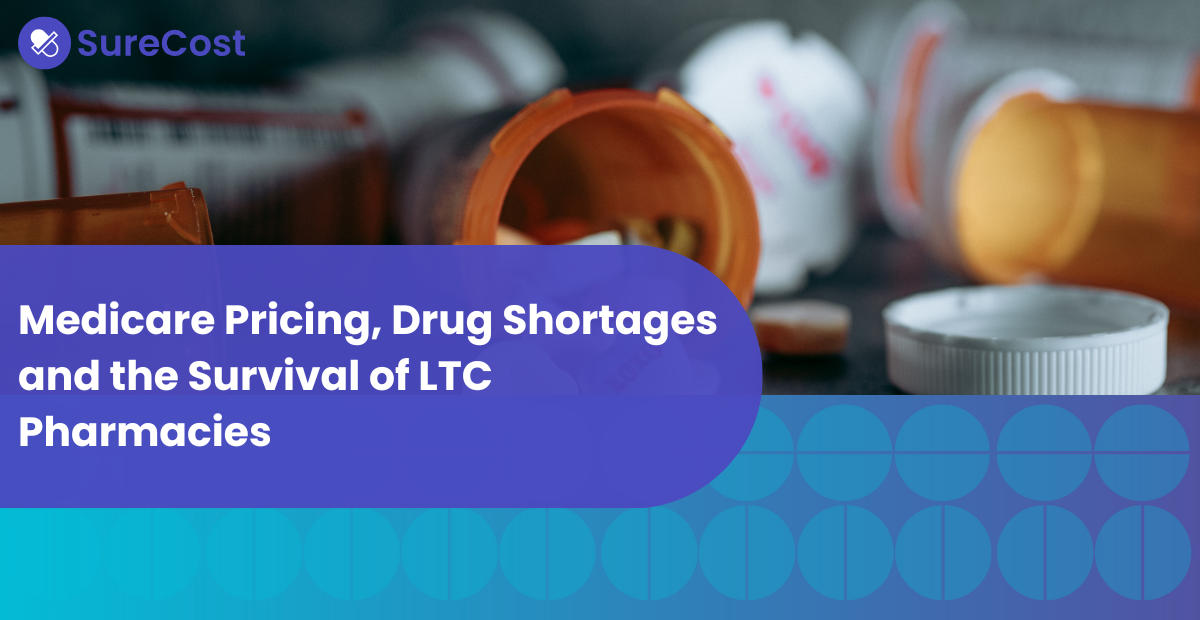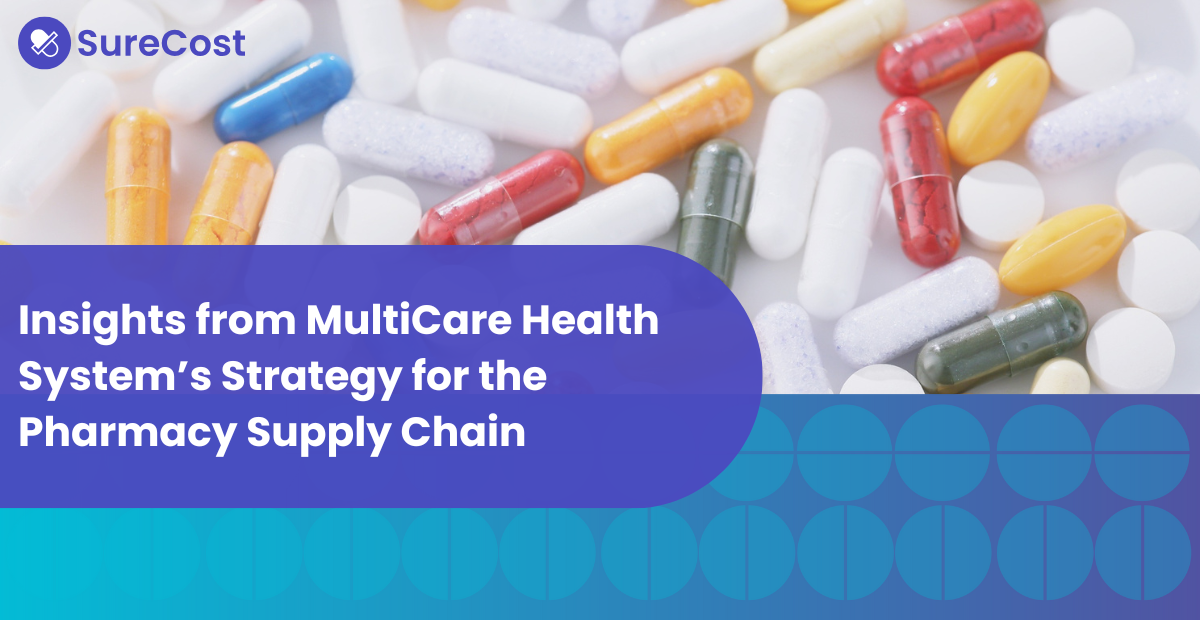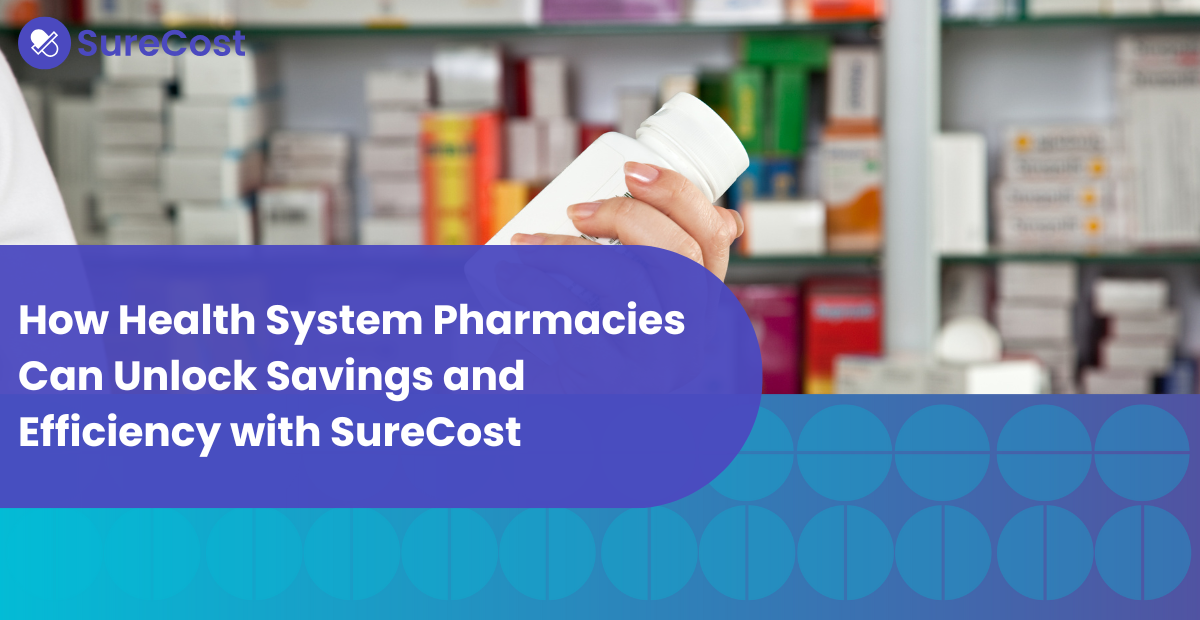Long-term care pharmacies face unique challenges in managing their operations and controlling costs. To overcome these hurdles, long-term care pharmacy software plays a pivotal role. The right software solution can help streamline processes, optimize purchasing, and ensure compliance, ultimately driving profit margins upward. Below are six essential features that every LTC pharmacy should look for in a long-term care pharmacy software to ensure operational efficiency and cost savings.
1. Comprehensive Visibility and Accountability
Managing complex purchasing processes in a long-term care pharmacy requires pharmacy software that provides complete visibility into contracts, rebates, compliance, and returns. This feature ensures transparency, enabling pharmacies to track every purchasing decision and identify potential savings opportunities. Enhanced accountability ensures that pharmacies remain profitable while making informed purchasing decisions.
Pharmacy software that delivers real-time data on purchasing ensures that long-term care pharmacies can capture savings and maintain full accountability throughout the process.
2. Integrated Vendor Management
To stay competitive, long-term care pharmacies must often work with multiple vendors. The best long-term care pharmacy software integrates multiple vendor options, providing a clear view of available suppliers and allowing pharmacies to secure the best pricing. Additionally, effective vendor management ensures that pharmacies can maintain compliance with primary vendors while optimizing cost savings.
Integrated vendor management within your pharmacy software will give your pharmacy a competitive edge by broadening purchasing options and streamlining vendor relationships.
3. True Cost Calculation Beyond the Lowest Price
Focusing solely on the lowest price for drugs may overlook potential savings opportunities such as rebates and reimbursements. Advanced long-term care pharmacy software helps pharmacies calculate the "dead net cost" of products by considering all potential rebates and discounts, giving a more accurate picture of overall costs.
This feature allows pharmacies to make data-driven purchasing decisions, ensuring that every purchase maximizes profitability while keeping compliance intact.
4. Real-Time Purchase Validation and Discrepancy Detection
Errors in purchasing can be costly for long-term care pharmacies. To minimize these risks, long-term care pharmacy software should offer real-time validation of purchases and immediate detection of any discrepancies. By quickly identifying errors, pharmacies can ensure they receive the correct products at the correct price, preventing unnecessary expenses.
With real-time validation, pharmacies can streamline their purchasing process, saving both time and money while improving accuracy.
5. Automation of Procurement Processes
Manual procurement processes are not only time-consuming but also error-prone. Long-term care pharmacy software should automate repetitive tasks, such as purchasing, receiving, and accounting. Automation reduces the chance for human error and allows pharmacy staff to focus on higher-value activities.
By leveraging automation, pharmacies can optimize their procurement workflows, boost staff productivity, and reduce operational costs.
6. Integration of Inventory and Purchasing Management
Efficient inventory management is essential for cost control in long-term care pharmacies. By integrating inventory management with purchasing, long-term care pharmacy software ensures pharmacies can monitor stock levels in real-time and avoid over-ordering. It should also allow visibility into substitutable products and inter-branch transfers, which can further enhance cost control.
With this integration, pharmacies can ensure that inventory and purchasing are fully aligned, reducing excess stock and optimizing inventory usage.
For pharmacies looking to stay competitive and profitable, investing in advanced long-term care pharmacy software is an essential step in optimizing purchasing, boosting operational efficiency and significantly reducing prescription drug costs.





.png)
